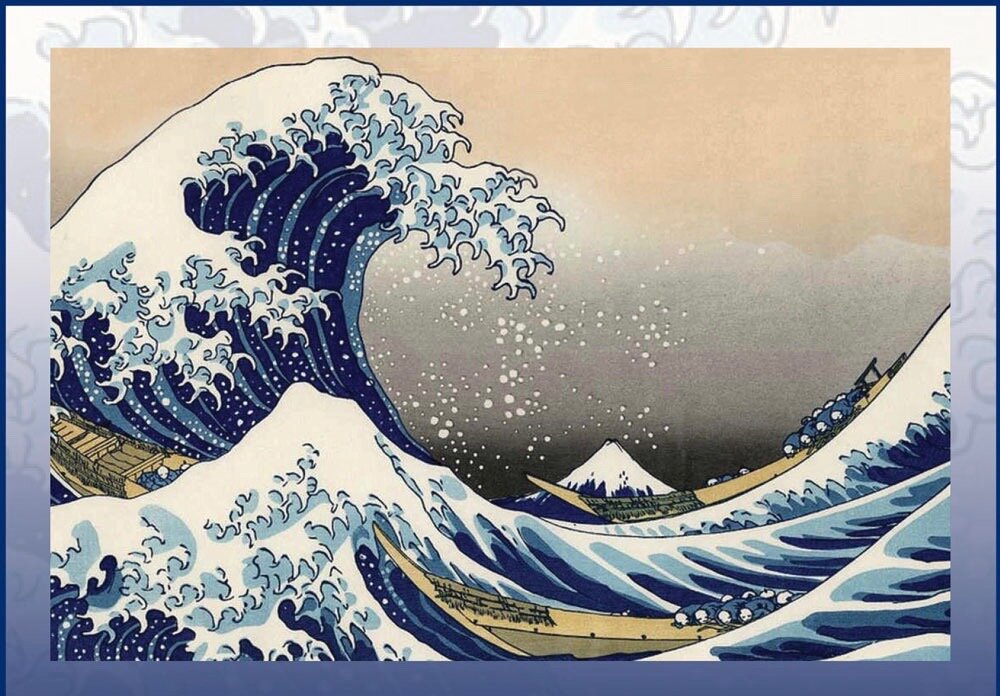We have been exploring the practices pertaining to Mindfulness of the Body, the first section of the Satipaṭṭhāna Sutta or The Four Foundations of Mindfulness. This seminal Buddhist teaching serves as the basis for Mindfulness-Based Stress Reduction (MBSR) and almost every meditation tradition taught with instructions and practices for developing mindfulness in all areas of our experience - the body, feelings, the mind, and the way things are.
After highlighting mindfulness of the breath, of body postures, of all the bodily activities, we explored the lesser known practices of mindfulness of the anatomical parts and mindfulness of the four elements - earth, water, fire, and wind. Finally we have come to the last practice offered in this Mindfulness of the Body section of the Satipaṭṭhāna Sutta - mindfulness of death, of the mortality of this body. This is the great challenge of our lives that follows upon the very first fact of our existence: Our bodies were born and our bodies will die. We take our first breath creating the conditions that we will certainly take our last.
Death is natural and comes for every living creature. Change happens as well to everything on our earth - animate or inanimate. Mountains arise and crumble and fall. Rivers flow, are diverted, dry up or become new oceans. Land sinks into the seas. Water covers what was once dry land. And for us, for trees, for animals of all sizes, when the conditions are right, our bodies are born or sprout and when the conditions are no longer right, our bodies will die.
This undeniable fact causes us a great deal of angst and leads to our worst habit patterns, our busyness, our combativeness, our competitiveness, our acquisitiveness. If we have more wealth, more power, more friends, more food, more activities, we can stave off the specter of our own death. Or so we think in some dark recess of our deluded minds.
The Buddha’s teaching was very simple. Turn toward our thoughts and concepts of death, explore them, become intimate with the fact of our own impending demise. Why? Not to weigh us down with worry, care, or terror but to liberate us from the delusion that it has to be otherwise for us, that this body won’t die (not yet, not now, not me, maybe sometime in the far, far future) - to liberate us from the debilitating fear of our own mortality.
Enlightenment is also known as "the deathless" precisely because it is a state in which we no longer fear the death of the body.
But the Buddha had another purpose in urging us to practice mindfulness of death. And that is for us to wake up to the astonishing fact of our lives and, as we come to understand how fragile these bodies are, how uncertain our lifespan, we begin to use our time more wisely, to begin to practice with the beautiful qualities of mind and to let go of our extreme attachment to these perishable bodies with compassion and wisdom.
The death reflections recommended by the Buddha help us wake up to the urgency of our predicament, just as he did 2500 years ago when he realized the nature of our bodies to grow old, sicken, and die and left the palace and his family to seek answers. And with his example, we learn that we too can cast off ignorance and understand what leads toward happiness and freedom from suffering and what does not.
These practices can be sobering but they also can bring a sense of relief and joy as we let go of what cannot be held and relax into this single moment of our lives, this instant of awareness and discover the beautiful, peaceful states of being already there awaiting us.

